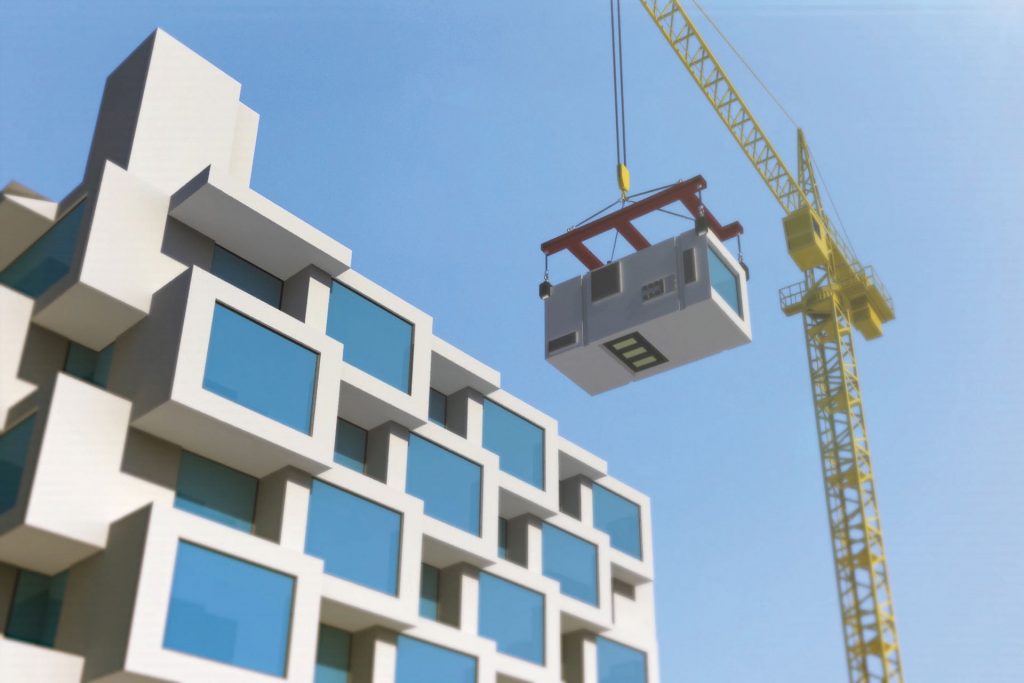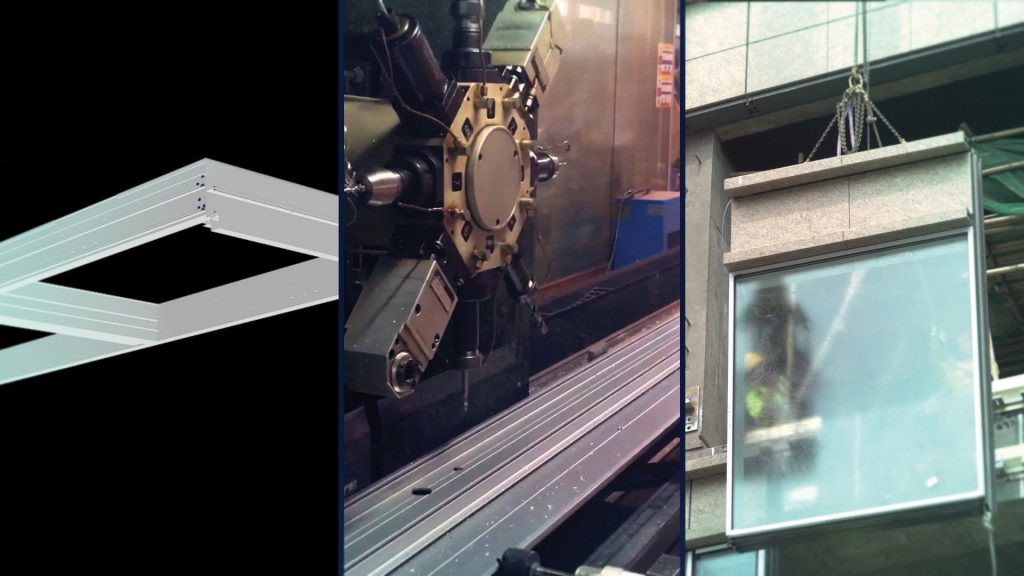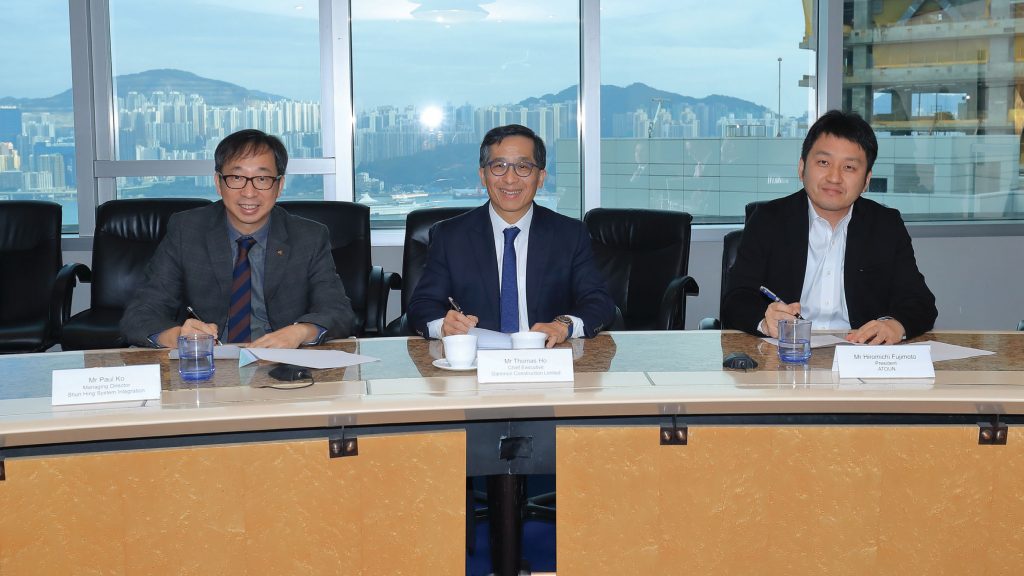Thomas Ho, chief executive of Gammon Construction Ltd, studied Building Technology and Management at Hong Kong Polytechnic and went on to pursue a master’s degree in construction management at the University of Manchester Institute of Science and Technology.
 Back in Hong Kong, Ho took up a site manager position with local contractor Hsin Chong, and set about modernising the practices in the age-old building industry with the latest technologies. In 1997, he joined Gammon Construction, served as its executive director and COO, before becoming chief executive in 2005.
Back in Hong Kong, Ho took up a site manager position with local contractor Hsin Chong, and set about modernising the practices in the age-old building industry with the latest technologies. In 1997, he joined Gammon Construction, served as its executive director and COO, before becoming chief executive in 2005.
Ho is also currently the chairman of Construction Innovation and Technology Application Centre, as well as a non-official member of the Town Planning Board (TPB) and a member of the Environmental Campaign Committee. He is the immediate past chairman of Pneumoconiosis Compensation Fund Board (PCFB) and former President of Hong Kong Construction Association.
In 2016, you won the Executive Award at the Hong Kong Business Awards. Could you share your secret for successful management?
I don’t think there is any secret at all. As you are aware, in the construction industry, it is all about people. People are our biggest asset. If you want to be successful, then you have to put the right people in the right job. That is the top secret.
Now we are moving into an innovation and digital era. The traditional engineer may not have any concept of digital engineering or innovation, but the young engineers have a better grasp of all those new technologies and techniques.
For me, I get the young engineers to teach me how to run a project’s digital delivery. I have a reverse mentor who is aged maybe 27 or 28, but he is really teaching me how to drive the business in a digital manner. And it’s not just me. I have spoken to many award-winning leaders, and all of them have a reverse mentor. I believe this is the way to move forward and have a good transition into the digital world.
Since becoming Gammon’s chief executive, what would you consider your biggest achievement?
I’m really glad that I have been able to grow the company in a positive way—in terms of embracing safety, integrity and excellence. Our customers and consultants have been able to rely on us to deliver for them and provide quality services. We’re not just happy to be involved in all these mega projects, but to really earn the hearts and minds of customers.
We’re still learning, and there is still a long way to go. For example, over the past 10 or 15 years, safety has been one of our core values. But this is still a big challenge in the industry. In 2017, the industry has recorded 22 fatalities—this is way too high. It deters a lot of good talent from entering the industry. So that’s why we put a huge emphasis on improvement in this area. We have yet to achieve our ultimate goal of zero fatalities, zero incidents and zero damage, but we are moving in that direction.
How do you balance your workload with your roles in the TPB and the Environmental Campaign Committee?
Having gained so much from the community and Gammon for so long, I think I need to contribute back. I think everyone can find time for meaningful contributions. In fact, there has been a lot for me to learn in the TPB as well. Some people may say that the TPB is very bureaucratic and doesn’t listen to public opinion. But in fact, they are very open, transparent and willing to listen to different views from the industry. I have gained a lot of engagement and experience from these exercises.
What are Gammon’s plans for the coming year?
Innovation would be our culture. In Singapore, they are now building about 15 projects using prefabricated prefinished volumetric construction (PPVC) and design for manufacture and assembly (DfMA). A whole hotel room can be prefinished in the factory and then transported to site for installation. By 2020, Singapore plans to have 40 per cent of its facilities using DFMA and PPVC, with 10 automated, integrated construction factories. This is what is beginning to be discussed in Hong Kong now.
Singapore has been talking about integrated digital delivery (IDD) and are using PPVC, building information modelling (BIM) and DfMA to drive down construction cost. In 2009, in terms of construction cost, Hong Kong and Singapore were more or less the same. Now, Singapore’s construction cost is only half of Hong Kong’s. That’s why for Hong Kong, and Gammon, we need to move in that direction. For that reason, we are now having reverse mentoring and making sure that we have our own IDD system.
In the meantime, we are building a Global Switch data centre in Singapore. We have our BIM models in our modeler factory, and we will adopt augmented and virtual reality testing to ensure the models’ safety and quality. After handover to clients, we will make use of technology to measure the life cycle of the facility, such as the energy, heat and electricity levels. That’s what we hope to achieve.
Another thing that we are introducing is exoskeletons to assist our older workers and help improve workers’ productivity. In Hong Kong, we have 450,000 workers, with 12 per cent aged over 60, and 50 per cent aged over 50. No matter how good you are, you can’t replace construction workers. No robot can think like us. The development of robots in construction means that we need more correlation between robotic arms and exoskeletons and our workers. To conclude, the introduction of exoskeletons and digital delivery will be our focus in the next few years.
How has rising construction costs impacted development and construction in recent years?
I think it is not about impacting the contractor. As a contractor, we need to pay a higher cost for the labour subcontracts. But my worry is that if the flats are selling at HKD12,000 or HKD13,000 per square foot, how can our general public accept it? That’s why we are hoping to improve productivity to help people afford their own flats. That is the innovation drive from the industry aspect.
The government has announced that major government projects will adopt BIM technology next year. How do you see BIM being applied in the Hong Kong construction industry?
In general, I think there is a very low percentage of people doing BIM, let alone DfMA, compared with the United Kingdom (UK) or Singapore. BIM is the fundamental platform to have integrated digital management, but it is only a tool. The whole idea is to have a mindset of integration from the design to the whole life cycle of the facility.
Contractors normally handle the project management, while consultants handle the design. But the real work is being done by the SMEs. We need to be like Singapore and UK, and invest in SMEs to make sure they have the capability to implement the BIM model. In Singapore, they started this BIM strategy as their national strategy to improve productivity since 2009. They are helping SMEs to popularise and normalise BIM as a basic skill.
But in Hong Kong, we are too entrenched in old technologies as we are too used to 2D. That’s why we are not able to catch up with progress. I am motivated by the government and Construction Industry Council’s willingness to establish the Construction Industry Technology and Innovation Application Centre. But we need the collaboration of all stakeholders to combine forces to push forward this initiative.
The evolution of 3D printing has been called the third industrial revolution. In your opinion, how will 3D printing reshape the construction industry in the near future?
When you look at McKinsey Global’s report, the main tool to help us improve productivity is not 3D printing itself but the integration process. The technologies that I have mentioned can improve productivity by maybe four to five per cent—3D printing is only one of the four to five per cent. Adding all these together, you can probably save about 45 per cent of construction costs. But the integration process alone can save costs by 10 times. That’s why it is so important to our industry.
Singapore’s Building & Construction Authority and UK’s Royal Institute of British Architects have courses to teach the whole industry about these processes. Singapore has upskilling courses to ensure the industry has sufficient upskilled talents in the future. That is exactly what we need in Hong Kong as well. Without the talent to operate, technology is still bound to be unsuccessful no matter how good it is. We need the vision and collaborative force from the government and the industry to achieve this goal.

 Malaysia
Malaysia Singapore
Singapore Indonesia
Indonesia Tiếng Việt
Tiếng Việt ประเทศไทย
ประเทศไทย












